June Gardening To-Do List
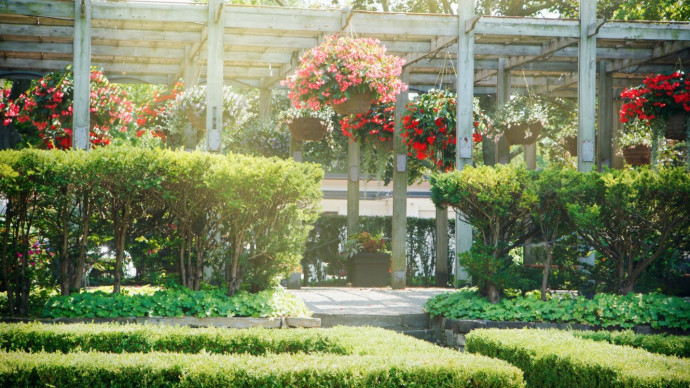
June is an exciting month for gardeners. There is much to do in June to keep our plants thriving at their best. Tasks include late planting, trellising, weeding, watering and mulching. June is often our favorite time of the year in the garden. Sure, the rewards of the harvest can't be beat - and June does offer some harvest in June, especially in the warmer zones - but the tidiness of our just-planted rows and germinating perfection gives us a thrill that is both a reward for the hard work that has gone before and the promise of bountiful and beautiful things to come. There is nothing quite like sitting down in a lawn chair and surveying our garden kingdom, no matter how large: the neat rows of bright green seedlings planted just days before, the transplanted seedlings started weeks ago indoors and now flourishing in their new outdoor homes. Yes, there's a break in the action once the garden gets here - or maybe you're still feverishly busy getting everything in the ground - but that doesn't mean you can retreat and let things take care of themselves. Here are a few June gardening tasks and projects that will help you keep your garden looking it's best for the rest of the season. Find out what you should be doing in the garden this month.
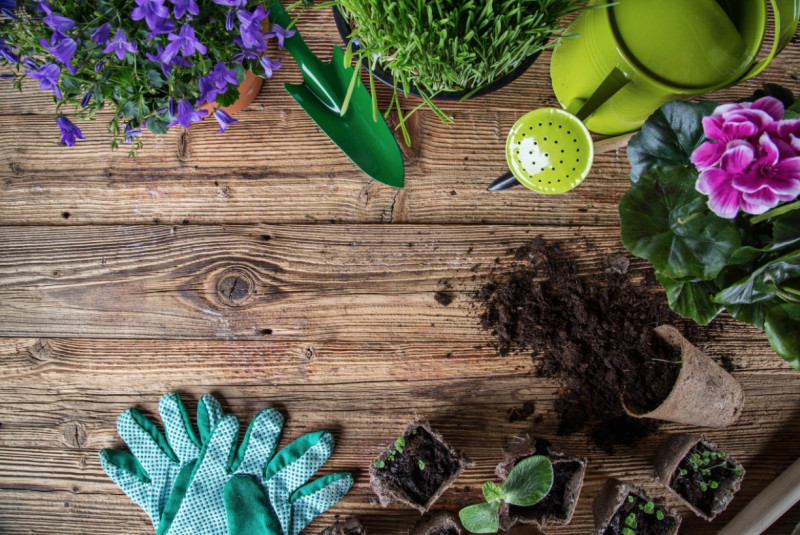
1. Repair any damaged garden tools. Take pruning equipment, like secateurs, clippers and saws, to be sharpened.
2. Make a to-do list of chores: include maintenance to fences, paths and paving and painting and sorting out your potting shed. Remember to recycle old pots and seedling trays.
3. Move shrubs and trees that aren’t thriving. Plant them in well-prepared holes and make sure they’re secure and firmly staked.
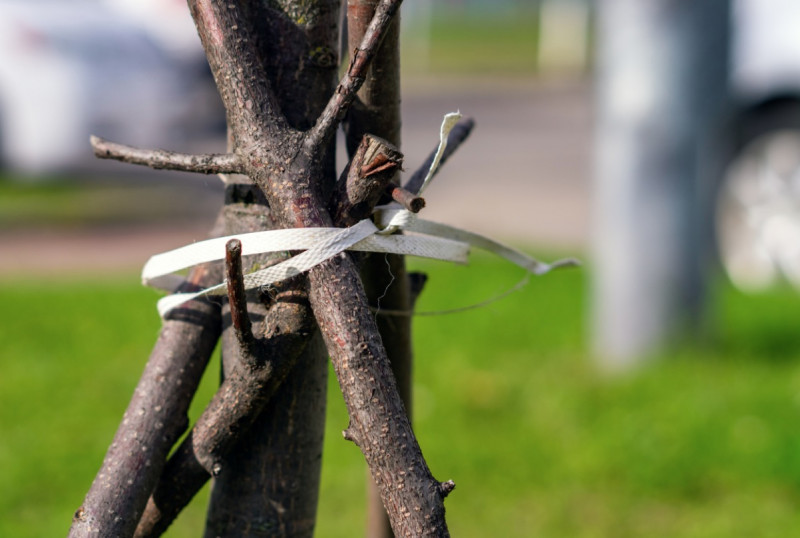
4. Check ties and name tags on trees, climbers, roses and standards; make sure these aren’t too tight.
5. Improve the quality of your soil. Sprinkle a handful or two of gypsum over heavy clay soils (it won’t change the pH); this can also improve sandy soils. A light sprinkling of lime will benefit acid soils. Use organic mulches to conserve soil moisture. An inch or two of sawdust, barkdust, or composted leaves will minimize loss of water through evaporation.
6. Check plants daily and water them if the soil is dry — especially newly planted fruit trees and shrubs that are still getting established.
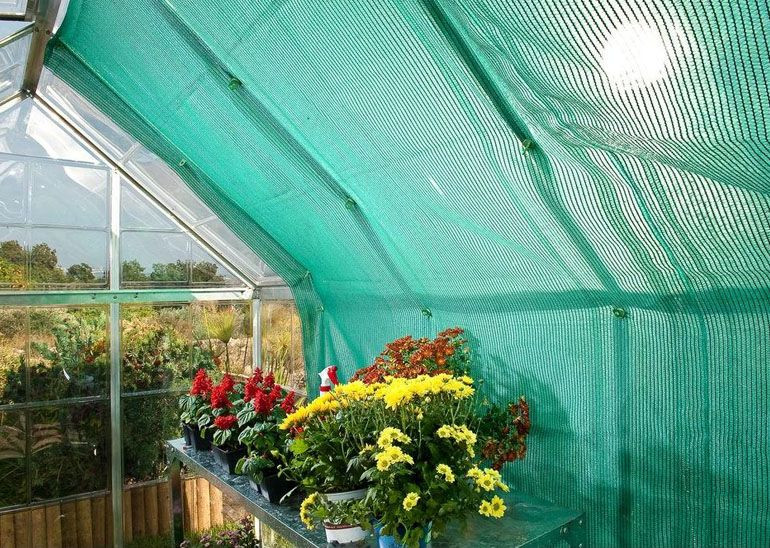
7. Use blinds or apply shade paint to prevent your greenhouse from overheating. Remember to open vents and doors on warm days. Place row covers or netting over bushes with ripening berries to keep the birds from eating them.
8. Keep on top of weeding. Your plants shouldn’t have to compete for precious water, light, and nutrients.
9. Prune summer- and autumn-flowering plants like barleria (Barleria obtuse) and ribbon bush, Ruspolia spp., Solanum rantonnetii, duranta, plumbago and tecoma, hard in frost-free areas. Trim summer-flowering salvias in warm areas. Prune lilacs, forsythia, rhododendrons, and azaleas after blooming.
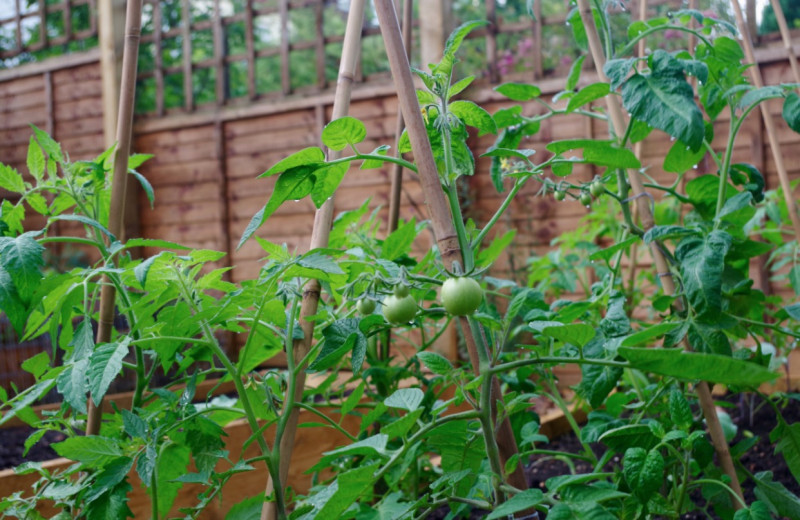
10. Construct trellises for tomatoes, cucumbers, pole beans, and other climbing vegetables.
11. Be on high alert for insect pests and diseases. These include but are not limited to aphids, asparagus beetles, cabbage worms, cutworms, tomato hornworms, scale, snails, slugs, leaf spot, mildew, and rust.
12. Feed roses with 3:1:5 or 2:3:4 fertiliser in warm, subtropical areas. Water them weekly and give a final spray for black spot. Wait till the end of June or July to prune; August in frost zones.
13. Plant sweet pea seedlings in frost zones. In warmer areas, guide new tendrils up supports, pick the flowers frequently to encourage more blooms and feed with 3:1:5 or 2:3:4 fertiliser.
